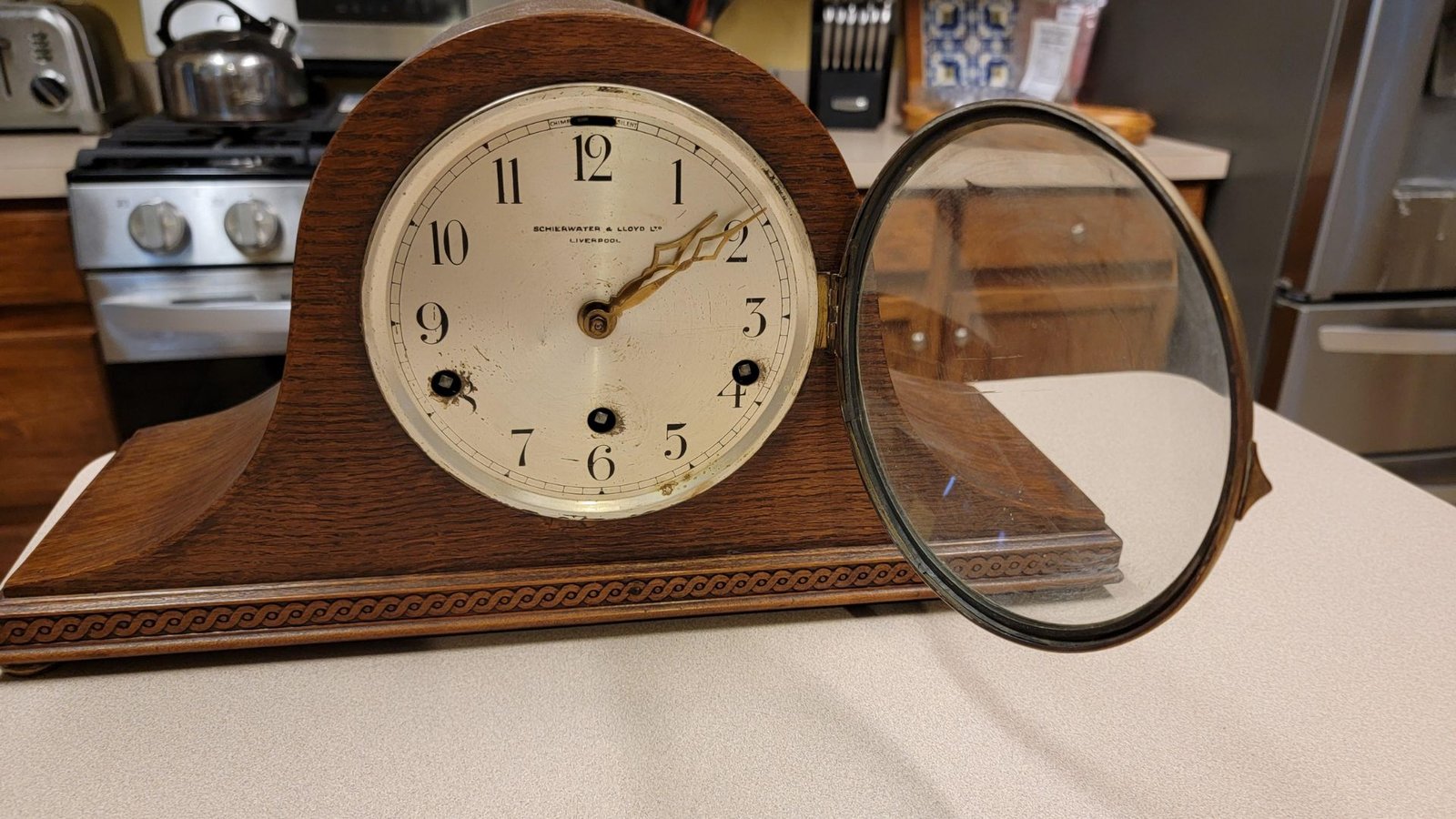Restoring an antique clock can be a rewarding process, preserving a piece of history while returning it to working condition. This guide provides step-by-step instructions to help you restore an antique clock, whether it’s a family heirloom or a collectible find.

Assess the Condition of the Clock
Before you begin the restoration process, carefully examine the clock to determine its overall condition.
- Inspect the case: Check for scratches, dents, cracks, or missing pieces. The clock’s material—whether wood, metal, or ceramic—may require different restoration techniques.
- Check the movement: Open the clock to inspect the internal mechanisms. Look for dirt, rust, or worn-out parts.
- Test the functionality: If possible, try winding the clock or setting the time to see if the hands move or if the pendulum swings.
Gather the Right Tools and Supplies
To restore an antique clock, you’ll need a variety of tools and cleaning supplies:
- Soft cloths and brushes
- Non-abrasive cleaner (for cases)
- Brass cleaner (for brass components)
- Screwdrivers (small sizes)
- Tweezers (for delicate parts)
- Replacement parts (if needed)
- Lubricant or clock oil (for mechanical parts)
Having these tools ready before you begin will make the process smoother and help avoid delays.
Cleaning the Clock Case
The clock’s case is often the first part that shows wear, whether it’s wood, brass, or another material. Here’s how to clean it:
- Wooden Cases: Use a soft cloth with a mild wood cleaner or polish. Avoid harsh chemicals that could damage the finish. If the wood is dry or cracked, consider applying wood conditioner to restore moisture.
- Brass or Metal Cases: For brass or metal cases, use a brass cleaner with a soft cloth. Be gentle to avoid scratching the surface. Polish in a circular motion, focusing on tarnished areas.
- Ceramic or Glass Components: Wipe ceramic cases or glass panels with a damp cloth. Avoid using too much water to prevent damage.
Cleaning the Clock Movement
The internal movement is the heart of the clock, and it often gathers dust or grime over the years. Follow these steps:
- Disassemble the movement: If you’re comfortable with delicate work, carefully take apart the clock’s movement. Use small screwdrivers to remove the parts, being mindful of their placement.
- Clean each part: Use a soft brush or cloth to remove dust. For more thorough cleaning, soak brass gears or metal components in a solution of warm water and mild detergent, then rinse and dry.
- Lubricate the movement: After cleaning, apply a small amount of clock oil to the gears and pivot points. Avoid using too much lubricant, as this can attract dirt over time.
Replacing Worn or Missing Parts
Antique clocks often have worn-out or missing parts that need replacement. Here’s how to handle that:
- Identify the parts needed: Check the movement for worn gears, springs, or pivots. Also, check for missing clock hands, pendulums, or weights.
- Find replacement parts: You can find antique clock parts from specialized suppliers, online stores, or even other non-working clocks.
- Install the new parts: Follow the reverse order of disassembly to install the new parts. Be gentle and patient, as many parts are delicate and can break easily.
Calibrating and Adjusting the Clock
Once you’ve reassembled the clock, it’s important to adjust and calibrate it to ensure accurate timekeeping.
- Set the pendulum: For clocks with pendulums, make sure it swings evenly. Adjust the length of the pendulum if the clock is running too fast or too slow.
- Adjust the hands: Ensure the hands move smoothly and don’t touch each other or the clock face. If they do, gently bend them into place.
- Test the chimes or strikes: If the clock has a striking mechanism, test it to ensure it chimes properly. Adjust the hammer if the sound is too soft or off-tune.
Polishing the Clock for a Finishing Touch
Once the clock is fully restored and functioning, give it a final polish:
- Use a microfiber cloth to wipe away any fingerprints or smudges from the clock’s surface.
- Apply a small amount of furniture polish or brass cleaner, depending on the material, to give it a shine.
Conclusion
Restoring an antique clock is a rewarding project that allows you to bring history back to life. With patience, the right tools, and careful attention to detail, you can preserve the beauty and functionality of these timeless pieces. Whether it’s a family heirloom or a newly acquired collectible, a well-restored clock will continue to tick for many years to come.





wohh just what I was looking for, appreciate it for putting up.